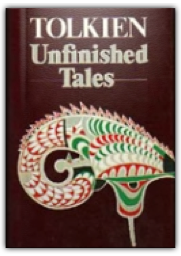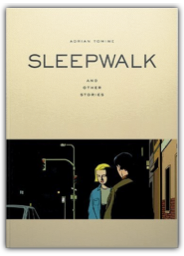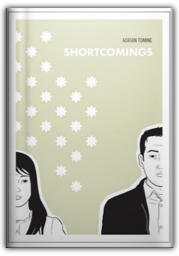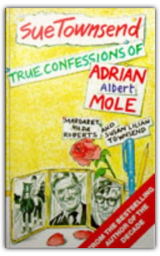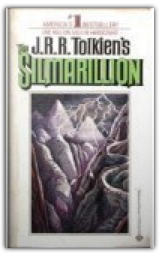 The Silmarillion
J. R. R. Tolkien
The Silmarillion
J. R. R. Tolkien
Although The Silmarillion takes place in the same imaginary world as J.J.R Tolkien's The Lord of the Rings, and was originally published four years after the author's death and over two decades after the former book, it is set much earlier, in the First Age of the World. The tales and the book which reads as a fusion between a story collection and historical chronicle, are a matter of legend even to the characters of The Lord of the Rings:In the beginning Eru, the One, who in the Elvish tongue is named Ilúvatar, made the Ainur of his thought; and they made a great Music before him Tolkien wrote the heart of this material very early in his career, and continued to work on it throughout his life. It fell to his son, Christopher Tolkien, to edit it into book form, and such proved the unquenchable public appetite that he subsequently oversaw 12 volumes of The History of Middle-Earth. This edition features 20 highly evocative colour plates by Ted Nasmith, themselves worth the price of admission, while reinforcing the sense of a historical work are genealogical tables, an extensive index, appendix and colour map. Far removed from the genial style of The Hobbit, this is Tolkien at his most formal, his prose austere, poetically beautiful, his storytelling capturing the epic scale, high drama and melancholy wonder of myth. These stories of elves and heroes and old gods are quite literally the foundation of the entire modern fantasy-publishing revival, and are therefore essential reading. —Gary S. Dalkin 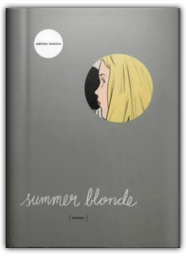 Summer Blonde
Adrian Tomine
Summer Blonde
Adrian Tomine
Adrian Tomine, creator of the critically acclaimed comic series Optic Nerve, has been called the comics voice of the twentysomething generation, but it's a title he rejects, and for good reason. The tales of disconnection and alienation collected in Summer Blonde—a selection of the best of Optic Nerve—aren—aren't expressions of youthful angst so much as they are meditations on the discontent we all feel with contemporary life. |
 Made with Delicious Library
Made with Delicious Library
London, State zipflap congrotus delicious library Scott, Mike



